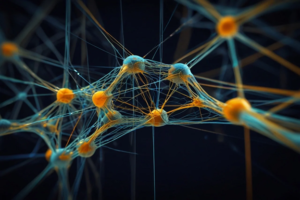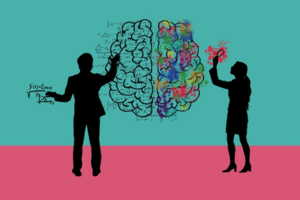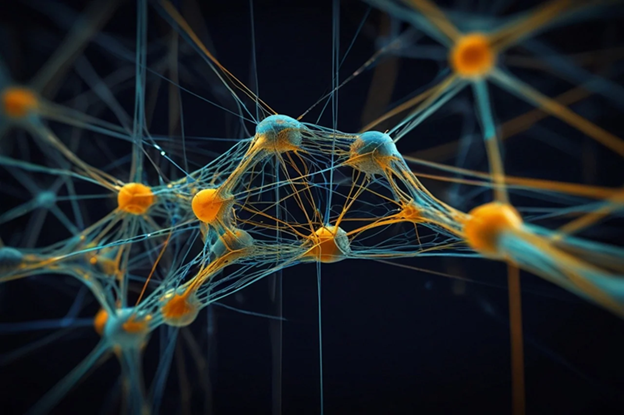Introduction
Begin by introducing the concept of causatives in linguistic theory. Provide a brief overview of causatives in general and their importance in understanding how languages express cause-effect relationships. For instance:
Definition of Causatives: Causative constructions are linguistic forms that indicate that one entity (the causer) causes another entity (the causee) to perform an action or be in a certain state.
Importance in Linguistics: Causatives help in understanding how languages encode agency, control, and action.
Relevance to Arabic: Arabic, being a Semitic language, has a rich system of verbal morphology, which includes the formation of causatives. These constructions are central to understanding the grammar and syntax of Arabic.
End the introduction by stating what you aim to achieve in this essay, such as exploring the complexity of causative constructions in Arabic and how they compare to other languages.
Background on Arabic Morphology
Provide an overview of Arabic morphology, focusing on the structure of verbs and how they are derived:
Root and Pattern System: Arabic uses a root-based system where words are formed by applying patterns (called templates) to a set of root consonants. For example, the root k-t-b (related to writing) can form various words like kataba (he wrote), maktūb (written), and so on.
Verb Forms (أوزان): Arabic verbs are classified into different forms, each with specific semantic implications. The causative form is often derived from the base form through affixation or internal vowel changes (morphological changes).
Form II (فَعَّلَ): This form is frequently used for causatives. For instance, the causative of kataba (he wrote) is kattaba (he made someone write), where the doubling of the middle radical indicates causation.
The Structure of Causative Constructions in Arabic
This section should delve deeper into how causatives are formed and their complexity in Arabic. Consider the following:
Morphological Causatives: In Arabic, causatives are often formed by modifying the verb pattern, such as moving from Form I (the base form) to Form II or Form IV. Examples include:
Form II (فَعَّلَ): As mentioned, this form is used for causatives by geminating the middle radical.
Form IV (أَفْعَلَ): This form can also express causation. For example, ’akbara (“he made someone bigger”) is a causative of kabura (“he became big”).
Periphrastic Causatives: Arabic also uses syntactic structures (rather than purely morphological changes) to express causation. An example would be using verbs like جعل (ja‘ala) or أمر (amara) followed by a subordinate clause to express causation.
Multiple Layers of Causation: Arabic can express complex layers of causation. For example, you can have a causative of a causative (kattaba → “he made someone make someone write”), which adds to the complexity.
Semantic and Syntactic Considerations
Explore the syntactic and semantic implications of causatives in Arabic:
Agency and Control: In causative constructions, the causer has a higher degree of control over the action compared to the causee. How does Arabic grammaticalize the distinction between the causer and the causee? How are arguments (subject, object) structured in causative sentences?
Causative Alternations: Some verbs in Arabic can alternate between a non-causative and causative meaning (often through internal vowel changes or different verb forms). For example, dakhala (he entered) vs. adkhala (he made someone enter).
Transitivity: Causative verbs often increase the transitivity of a verb, adding an additional argument (causee). Discuss how this affects sentence structure in Arabic.
Typological Comparison
You might want to compare Arabic causatives with those of other languages, especially languages within the Semitic family or other unrelated languages:
Comparing with Other Semitic Languages: How does Arabic’s causative system compare to that of Hebrew, Amharic, or other Semitic languages? Do they share similar morphological patterns?
Comparing with Non-Semitic Languages: You can also draw comparisons with languages that have different systems for expressing causation, such as English (which uses periphrastic constructions like “make” or “have”) or Japanese (which uses both morphological and syntactic causatives).
Challenges and Complexities in Arabic Causatives
Identify the main challenges in analyzing Arabic causatives:
- Ambiguity: Sometimes, causative constructions might be ambiguous or overlap in meaning with other verb forms. How does context resolve these ambiguities?
- Dialectal Variation: Arabic dialects can differ in how causatives are formed or used. Do colloquial varieties of Arabic simplify or complicate the causative system compared to Classical or Modern Standard Arabic?
- Acquisition and Processing: How do speakers acquire and process causative constructions in Arabic? Are there any psycholinguistic studies that shed light on this?
Conclusion
The complexity of Arabic causatives stems from the interplay between morphology, syntax, and semantics. The use of verb patterns, periphrastic constructions, varying transitivity, and dialectal differences all contribute to the richness and intricacy of causative expressions in Arabic. Understanding causatives in Arabic requires familiarity with not only the morphological rules but also the nuances of meaning and syntactic structure.
References
- Linguistic Theory Resources: For general linguistic theory on causatives, refer to works by scholars like Bernard Comrie or Shibatani.
- Arabic Linguistics: Books and papers on Arabic morphology and syntax, such as The Syntax of Arabic by Joseph Aoun or Arabic Verb Forms by Karin Ryding.
- Typological Studies: Comparative studies on causatives across languages can provide additional insights.















